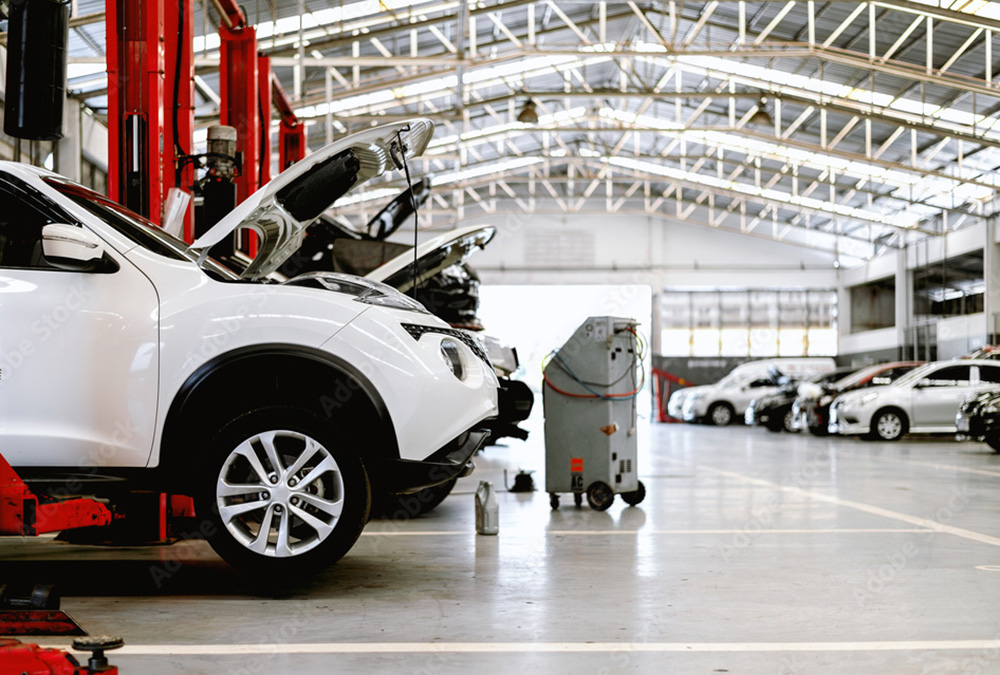Proper lighting is an essential aspect of any body shop, as it allows for detailed and accurate repairs to be made. Poor lighting can lead to mistakes and a decrease in overall productivity, so it is important to have the right lighting in place. There are several different types of lighting that can be used in a body shop, each with their own unique benefits and drawbacks.
One of the most common types of lighting used in body shops is fluorescent lighting. This type of lighting is energy-efficient and long-lasting, making it a cost-effective option. Fluorescent lights also produce a bright and even light, which is ideal for detailed tasks such as sanding and painting. However, fluorescent lights can produce a harsh and unflattering light, which can make it difficult to accurately match paint colors.
Another type of lighting that is commonly used in body shops is LED lighting. LED lights are energy-efficient and long-lasting, and they produce bright and even light. They also produce a more natural light, which can make it easier to match paint colors. However, LED lights can be more expensive than fluorescent lights, and they may not be as bright as fluorescent lights.
A third type of lighting that is commonly used in body shops is incandescent lighting. Incandescent lights are less energy-efficient than fluorescent or LED lights, but they produce warm and natural light. This type of light is ideal for color matching and paint mixing. However, incandescent lights are not as long-lasting as other types of lights and can be less efficient.
When choosing lighting for a body shop, it is important to consider the specific tasks that will be performed in the shop. A combination of different types of lighting, such as fluorescent, LED, and incandescent lights, may be necessary to provide the best lighting for different tasks. Additionally, adjustable lighting fixtures and movable task lights should be considered to provide flexibility and ease of use.
In conclusion, proper lighting is essential in a body shop to ensure accurate and efficient repairs. Fluorescent, LED and incandescent lights are all good options, and a combination of different types of lights may be necessary to provide the best lighting for different tasks. Additionally, adjustable lighting fixtures and movable task lights should be considered to provide flexibility and ease of use. It is important to keep in mind the specific tasks that will be performed in the shop and to choose the right type of lighting accordingly.






Recent Comments